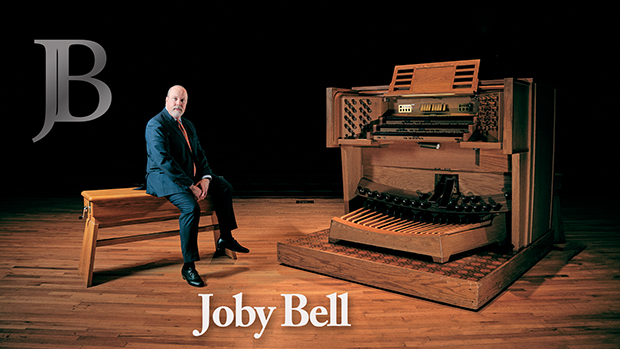Widor vs. Joby, Part 10: Bach’s Memento
 Sunday, November 8, 2020 at 7:42PM
Sunday, November 8, 2020 at 7:42PM
This is the tenth installment in a series on my take on playing the complete works of Charles-Marie Widor. See the first post in the series for an introduction and my philosophies behind this blog series. And as always, refer to John Near’s edition for important corrections in the scores that I might not necessarily mention.
Bach’s Memento is up today. Visit my program notes on the piece. And of course, feel free to order my recording.
I feel these pieces are the hardest Widor wrote – not only because the notes are difficult at times but also because the difference in ornamentation from Bach to Widor may threaten the integrity of either composer’s wishes. Matters get further complicated when one is tempted to use ordinary touch on these pieces (because they’re Bach) but then required to play them legato (because they’re Widor). Honoring one composer snubs the other!
At any rate, there is something insightful about seeing Widor's respect -- indeed his love -- for Bach in creating these paraphrases. Playing them is also an interestingly oblique way to include Bach on a recital program.
I'm still puzzled by the English possessive in the set's title (“Bach’s”). It looks to be Widor's own title, but why did he use the English possessive form for it? Had it been in French, the title would have been something like Memento de Bach. Had it been German, it would have been something like Bachs Memento (no apostrophe). I have found no satisfactory answer to this question. Let me know if you have!
See John Near’s edition for commentary and corrections to the original Hamelle edition. Meanwhile, I'll offer just a few of my comments on a few movements:
Movement II: Miserere Mei …
This one introduces some ambiguous problems of harmonies and note choices, described in John Near’s commentary in his edition. I wonder if Widor had a preferred harmonic function in mind, different from Bach’s. Or I wonder (more likely) if he might have been working from a faulty Bach edition in the first place. Hey, we have learned a lot since then, you know.
Movement III: Aria
This one has registration problems. Manuals are not indicated at the beginning. If the hands play on a single manual, they run into each other, especially in measure 19. Widor also asks for an expressive division for the right hand, which would preclude, say, the Great. I decided to register each hand separately but similarly, more often with 8-foot flutes. The hands move to the Récit Gambe, a nice contrast, where Widor indicates. If the organ has only two manuals, then I would put the right hand on a flute and the left hand on the string.
Movement IV: Marche du Veilleur de Nuit
This is probably the quirkiest thing Widor wrote for the organ. See what John Near has to say.
Movement VI: Mattheus-Final
I’m not sure I could stand the indicated full organ with this piece. The notes are so high that mixtures (in some countries) will just make the neighborhood dogs howl in pain. Depending on the organ at hand, you may do well with full foundations and 8-foot reeds, with little to no 2-foot or mixtures.
Measures 33-34, 45-46, 101-102: In the passages beginning with piano into the crescendo hairpin, I solo out the lowest manual voice on the Positif, having reduced the Positif a bit first to balance. It helps make a smoother diminuendo to the Récit.
 Joby Bell | tagged
Joby Bell | tagged  Note by note,
Note by note,  Widor vs. Joby
Widor vs. Joby 